5 Global Catastrophe Theories That Prove Civilization Hangs On A Razor’s Edge
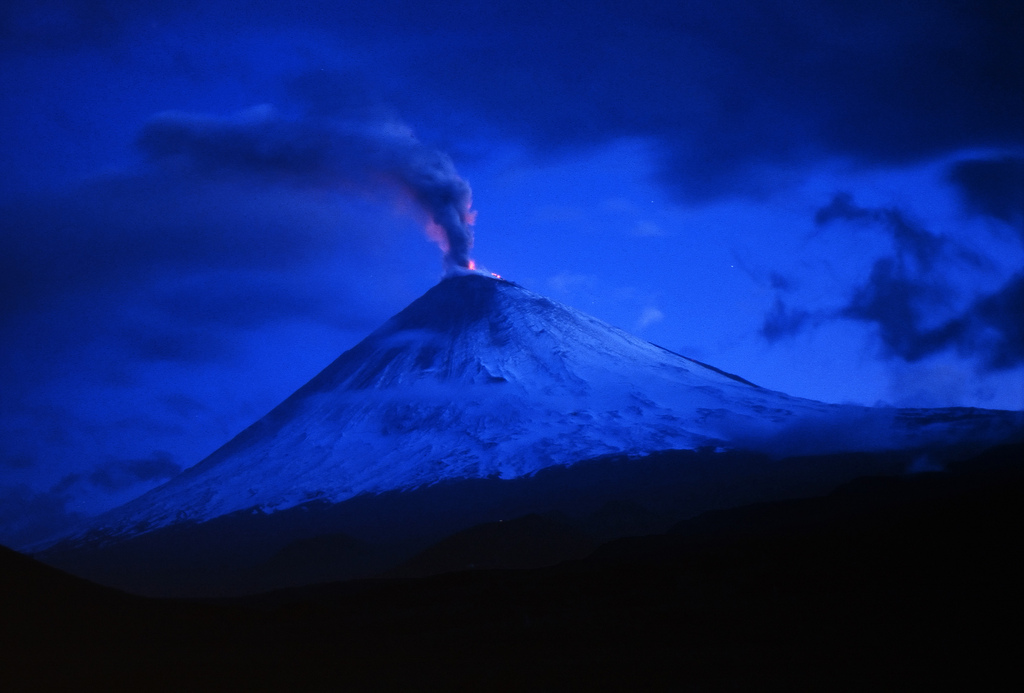
Hollywood depictions of global catastrophes often center around the notion of large scale natural forces like meteors and volcanos wiping out humanity. While there’s definitely precedent for this concept, the most likely and immediate worries are all man made. Below is a list of things that could destroy humanity ordered from most to least likely.
1. The Olduvai Theory

The Olduvai Theory is at once very simple and very complicated. It’s simple because the ultimate theory can be explained in a couple of sentences but it’s complicated to try and apply the theory in a way that’s predictive.
In short the theory is that global industrial civilization only has about 100 years to exist before resources, specifically energy resources, are depleted to the point that they no longer support current populations. The primary example of this is regarding energy, specifically Peak Oil Theory.
The notion hinges on two things: oil is a finite resource and industrial civilization enabled by oil will expand until it’s no longer able to do so. The first assertion is undeniably true. Oil is a non-renewable resource. The second also seems to be true. One look at a graph of population growth appears to show it’s true.

Even using the “medium variant” of the United Nations predictive modeling means that we have a global population of nine and a half billion people on the planet by 2050 which will require a vast increase in the use of non-renewable resources for energy production, plastics production, fertilizer creation, etc.
The Olduvai Theory claims that industrial civilization can only last 100 years and that 100 year span has been traditionally described as having begun in 1930 which would have the ending arriving in 2030. What would a world like in 2050 under this theory? Well, for starters it would have a population of about 2 billion and continuing to decrease as a result of civilization’s collapse.
The problem with this theory, however, lies in its concrete projections of 100 years beginning in 1930. For instance, no expert believes that we’ll be running out of resources in fifteen years. However, this doesn’t really change the terms of the problem, just the event date.
The theory can be argued in either direction in time, longer or shorter, different beginning date or different end date, but the problem of an exponentially increasing population or even just a consistent population above 7 billion combined with a decrease in oil, coal, and gas production yields the same conclusion, a crash at some point. If technology doesn’t come up with an infinite or renewable energy resource that can continue to grow then eventually the global economy will crash in a huge way and human civilization will begin to crumble.
This sounds horrible and it would be. Unless a large and infinite or growing source of renewable power source can be invented then, at some point, you or your ancestors won’t be able to heat your home, turn on your computer, or drive to the supermarket. Unemployment will explode, crop yields will plummet, people will starve, and there will be fighting and killing in the streets.
History proves that civilization has always hung on a razor’s edge. This would push it off the cliff. However, the good news is that efficiencies, additional discoveries of oil and gas, and incremental increases in alternative energies can and have pushed this crash further into the future.
But be clear, eventually non-renewables will run out and if there’s nothing to replace them then civilization will collapse, completely. Under such conditions, this result is no longer a “scenario,” it’s an inevitability.
2. The Malthusian Theory

The Malthusian Theory was first suggested by English cleric Thomas Malthus in 1798. This theory is a simple one, a decrease in food production in a growing population means large numbers of people will starve. Malthus himself believed that this would generally never happen outside specific circumstances because population is generally controlled by the ability of the population to feed itself.
However, by the 20th century, the methods of agriculture had changed and become far, far more centralized not only in terms of number of crops grown but also in the number of people growing (companies). Now in the 21st century agricultural production has increased even further if you include developing countries who are adopting increasingly modern farming methods and there are fewer and fewer individuals who farm.

While adherents to Malthusian Theory have been broadly criticized for supposedly ignoring the basic controls that supply and demand have on population as it relates to the production of food, there is a new wrinkle that many are beginning to discuss and that wrinkle is known as global climate change. Whether you believe man is responsible for global climate change or not, the fact is that the climate is changing, superweeds and bugs are becoming acclimated to pesticides, and weather and temperatures are becoming more extreme. While genetic engineering of crops offers another way to pull ahead in this race, the effects of climate change could be devastating.
Consider that California grows nearly all of our fruits and vegetables. Now remember that California is currently experiencing a long term drought. Extrapolate onto a global level and climate change could induce catastrophic food shortages in the short or long term.
3. Toba Catastrophe Theory
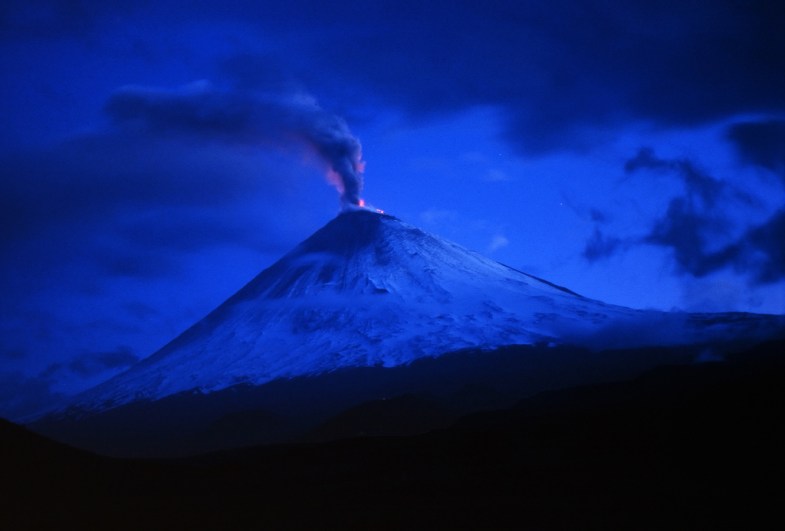
The Toba Catastrophe theory concerns the possibility of a massive volcanic explosion causing an Ice Age. Located in Indonesia, Lake Toba is the final resting place of the Toba volcano is believed to have exploded between 69,000 and 77,000 years ago. The resulting ash cloud was so vast that it blocked out the sun for possibly a decade, deposited about six inches of ash everywhere across the Asian subcontinent, and plunged the entire planet into an even more intense cooling cycle.
If this were to happen today in the exact same place it would immediately kill a huge portion of Indonesia’s 250 million population and create tsunamis that would destroy coastal cities across southeast Asia. All told, given the density of South East Asia’s population, you could count on more people dying in less time than modern man has ever seen before and cooler period of possibly 1,000 years would follow.
Add in the famine caused by the inability of people in Southeast Asia to grow crops due to the prevailing ash cloud and the death toll would extend even further. Tens of millions of refugees from parts of China, Indonesia, Japan, and even India attempting to flee the volcanic winter would rush west and north in the largest mass migration in history.
As an example of how such a volcano would effect the rest of the world, the 1815 eruption of Mount Tambora in Indonesia, a lesser volcano than Toba, cause intermittent frost in New York…in the Summer.
4. Geomagnetic Reversal
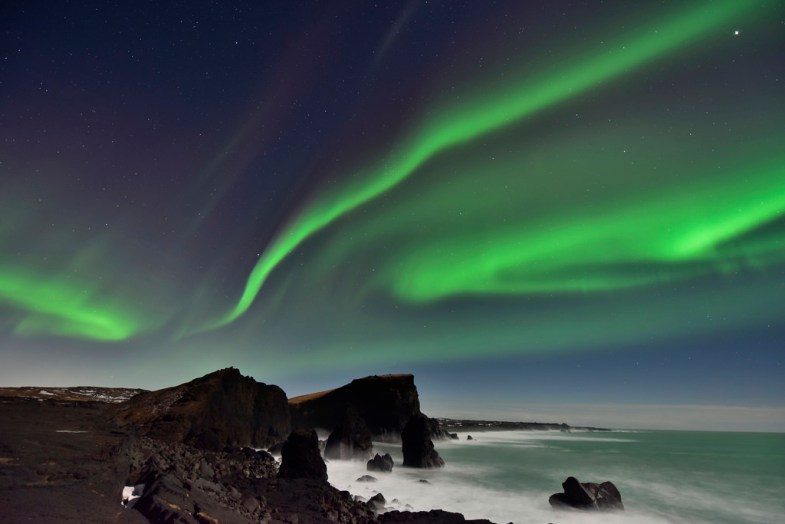
As you may or may not know, the Earth is surrounded by a magnetic field produced by the dynamo effect of the Earth’s molten iron core. This magnetic field extends outward from the planet for a distance of 370,000 miles. However, in the past, this magnetic field which shields us from solar radiation and cosmic radiation has reversed spontaneously meaning that magnetic North suddenly becomes magnetic South and vice versa.
During the most recent of these reversals, scientists have been able to tell that the magnetic field dropped to 5% of its normal strength and was accompanied by mass extinctions possibly resulting from the increase in surface radiation.
These reversals take hundreds of years to complete usually but they also take hundreds of years to go back to normal meaning that we’d absolutely see it coming and be completely unable to do anything about it. What’s more, while our magnetic field strengthens and weakens in regular cycles it’s currently weakening at ten times the rate it normally does. Last year, Scientific American published the following quote from scientists who study the issue.
Previously, researchers estimated the field was weakening about 5 percent per century, but the new data revealed the field is actually weakening at 5 percent per decade, or 10 times faster than thought. As such, rather than the full flip occurring in about 2,000 years, as was predicted, the new data suggest it could happen sooner.
Yay. Of course, nothing might happen at all and the geomagnetic reversal might have nothing to do with prehistoric extinction events in any way. It would, however, wreak havoc on the power grid.
5. Meteor Extinction Event
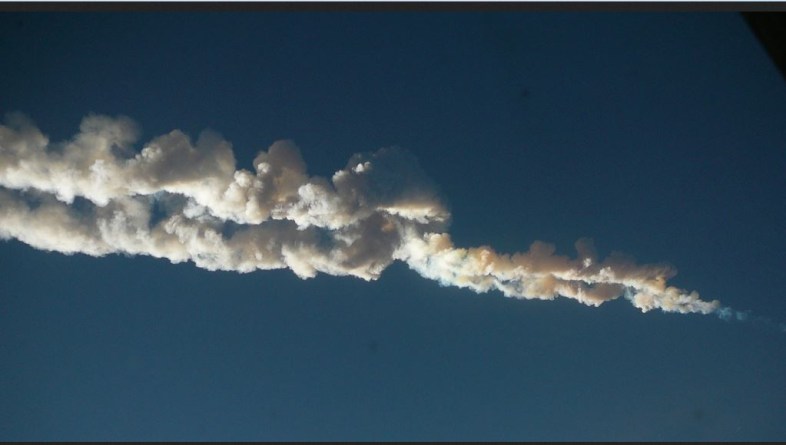
First off, meteors hit Earth constantly. It’s estimated, and this is a broad estimation, that at the very least 18,000 meteors hit the Earth every year and possibly as many as 88,000 do. We don’t do anything because they’re very small. But every once in a while a larger one strikes, most recently in Russia in 2013. You might remember this one.
This was called the Chelyabinsk meteor. It was 55 feet in diameter and weighed about 10,000 tons and released 20 or 30 times more energy than the atomic bomb at Hiroshima. The meteor was considered small and of the variety that strikes the Earth about every 100 years. Fortunately it broke up in the air or the surface damage it did would have been immense but not globally threatening by any means.
No, to get a meteor that would substantially effect life on Earth you need it to be much larger, between 3 and 10 miles across. That sounds big but in relation to the Earth it’s tiny. Here’s a comparison.
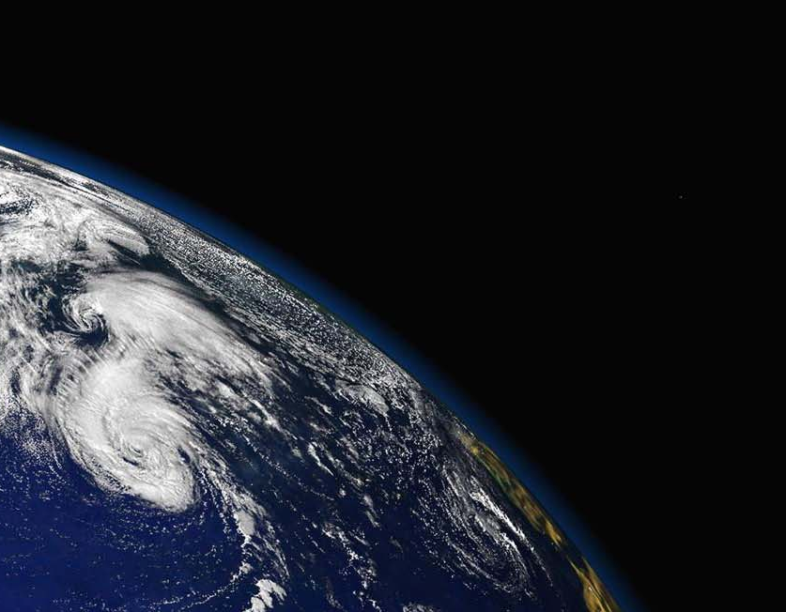
You probably can’t find it. It’s the slightly silver dot on the right. Compared to the Earth it’s insignificant but the damage a meteor of that size does was enough to cause the extinction of the dinosaurs. The chances of such a thing taking place are, admittedly very small, but the chances of dying as a result of such an event are super high. What are the chances of a huge asteroid hitting the Earth? Well, the nearest an asteroid of any size, in this case 270 meters, could come close to the Earth is in 2036. The chances it will hit are around 1 in 250,000.
This is decidedly one of the least likely scenarios on this list but we seem to be continually fascinated by it precisely because it’s happened before, a couple of times and the results were instantaneous. ![]()




